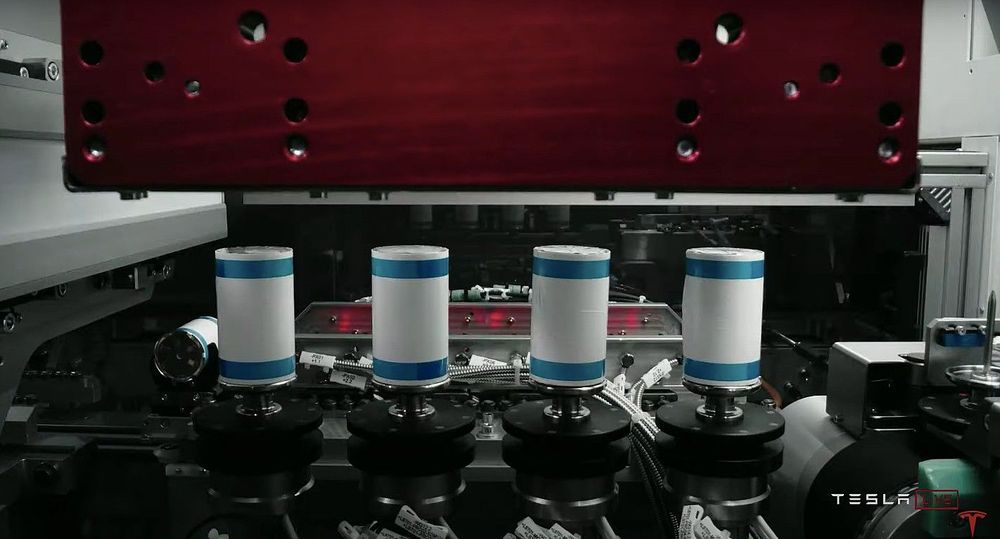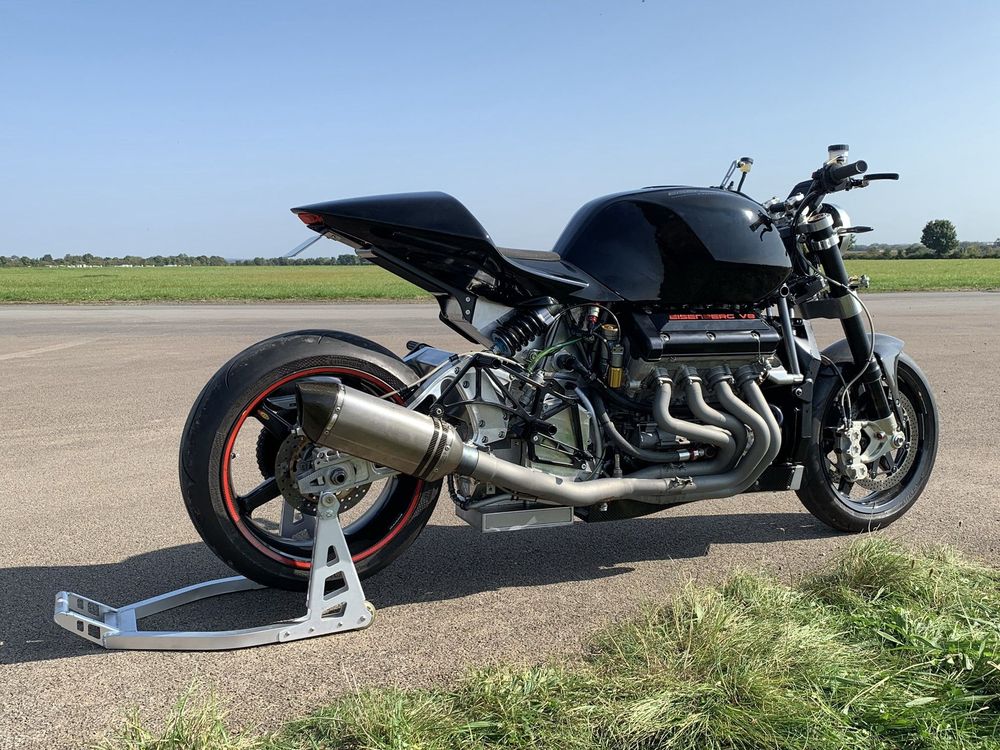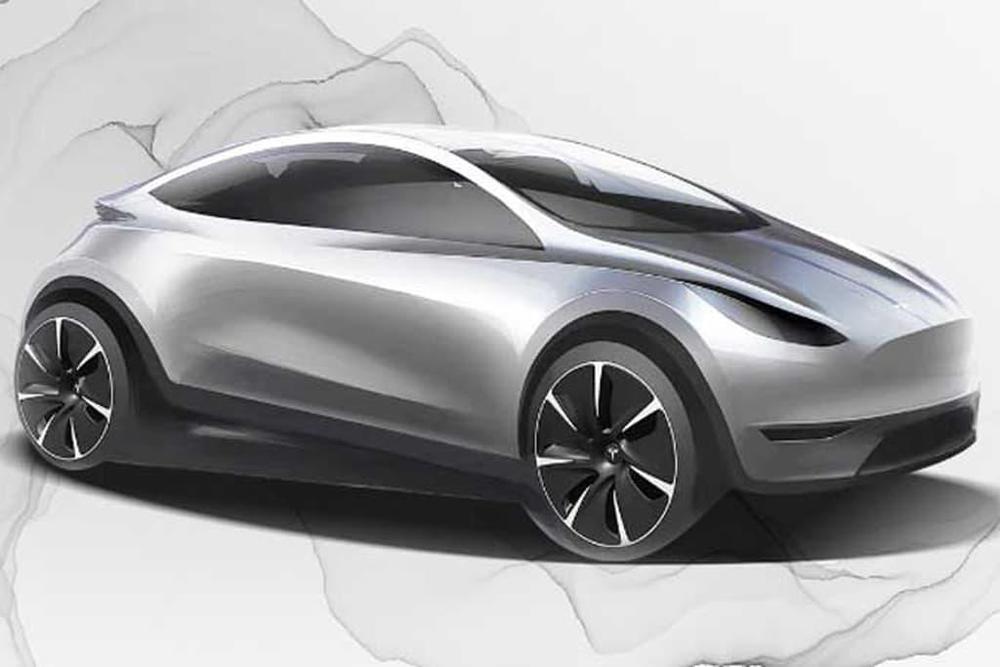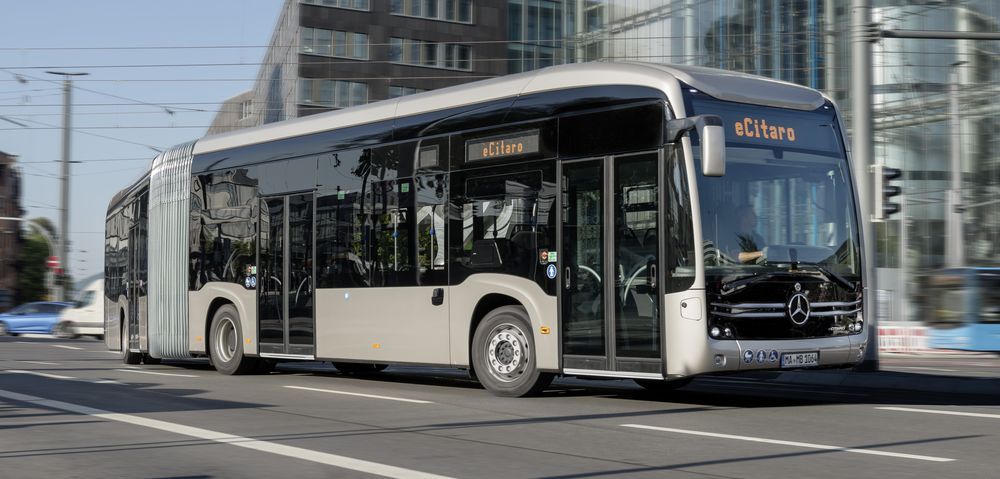The future of Transportation Earth 2 Eath suborbital crafts.
SpaceX also has big ambitions for Starship to send passengers around the world.
Subscribe and click the notification bell for more.
Support Cindy on Patreon ► https://www.patreon.com/Newsthink
Merch ► https://teespring.com/stores/newsthink
Thank you to my Patrons, including: Ron Studd, David Dales, Bruce Hlava, Ronil Patel.
Have a video idea? Click the link below:
https://forms.gle/Qf8aNoeZPjACm3gbA
Connect with Cindy




